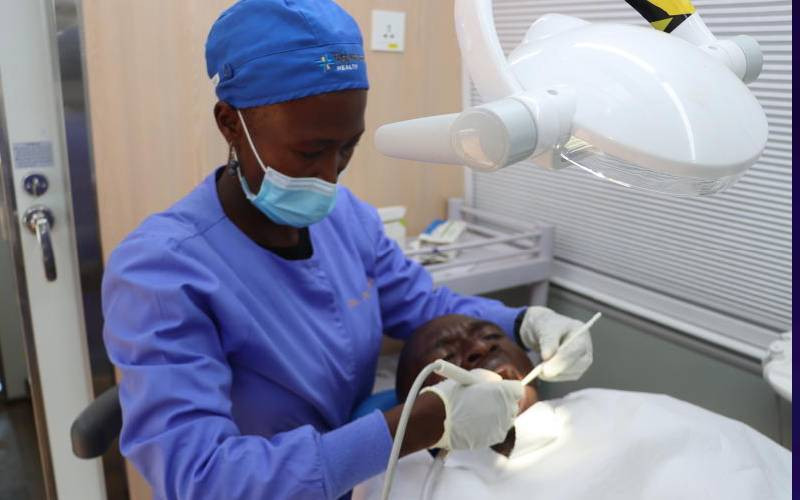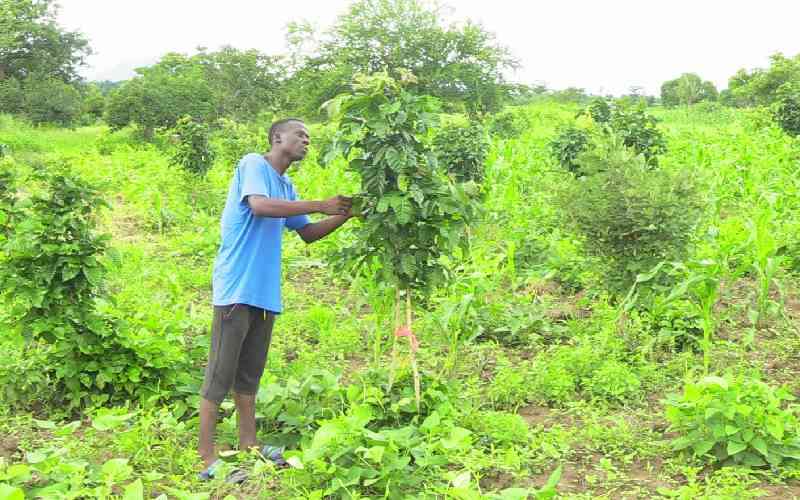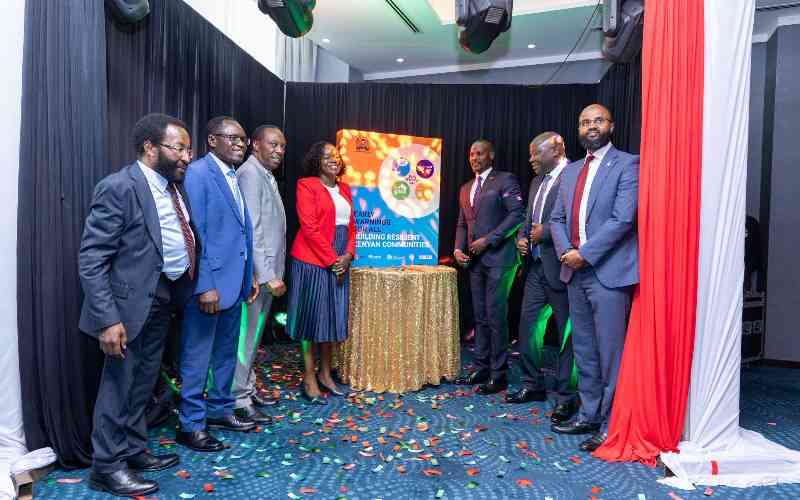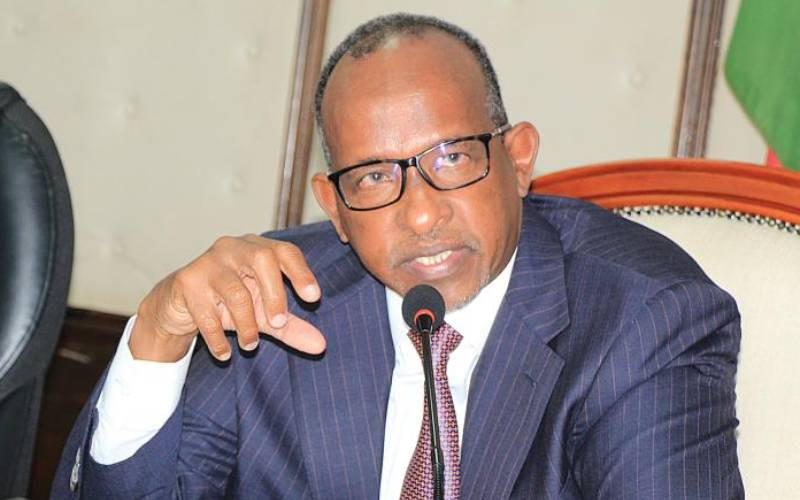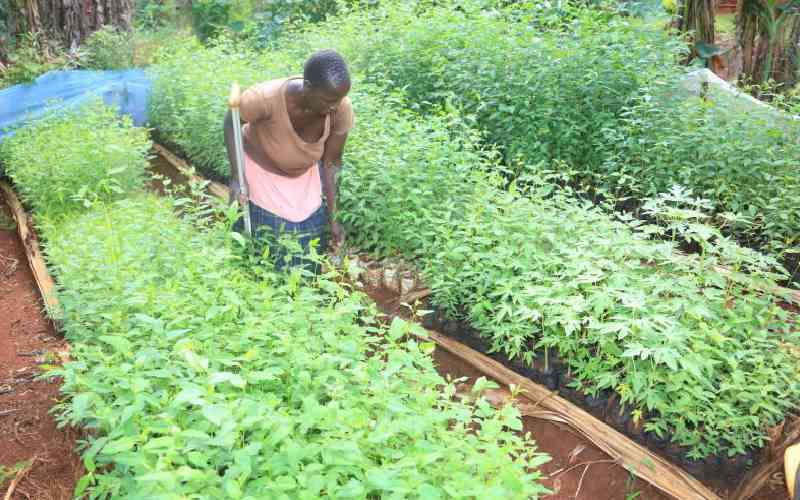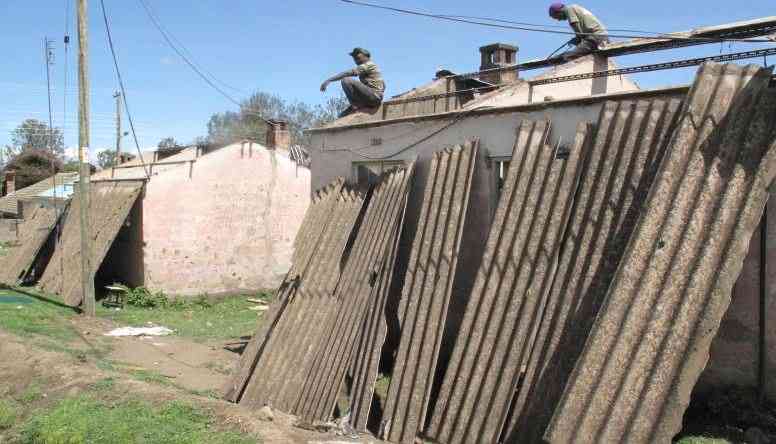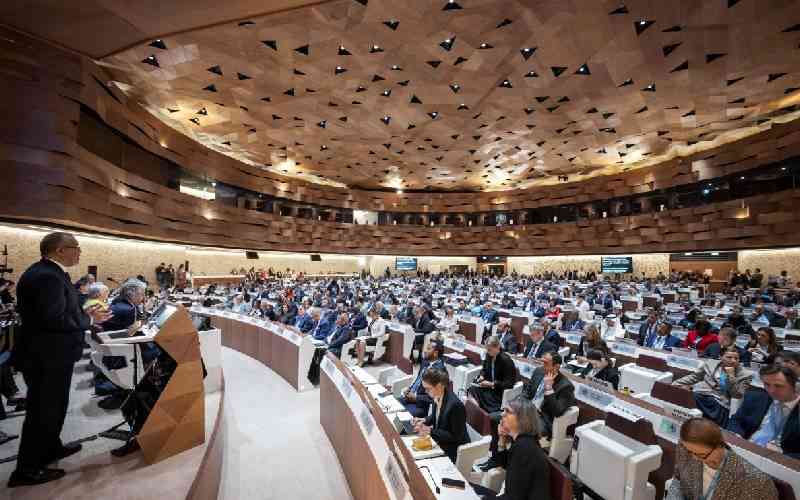
Kenya will allocate five per cent of its national Disaster Risk Management budget to early warning systems.
The funds will support upgrades across key institutions and boost outreach activities at sub-county and ward levels.
“We urge counties to integrate early warning outreach in their 2025/26 budgets,” said Dr. Deborah Barasa, Cabinet Secretary for Environment, Climate Change and Forestry.
This move responds to worsening climate threats. In 2024, floods killed 315 people and affected over 410,000.
Damages reached Ksh187 billion. In the same period, failed short rains triggered food insecurity. By February 2025, 2.15 million people faced crisis or emergency levels of hunger.
Rural farmers, urban populations, and arid region communities are all exposed to extreme weather.
Kenya’s average temperature has risen by 1°C since 1960. It could increase by another 2.5°C by 2050.
- Kenya braces for drier than usual conditions in 2025
Keep Reading
That change will intensify droughts, floods, and heatwaves. Early warning systems help reduce loss by giving people time to act.
Yet not all Kenyans receive timely or clear alerts. Gaps in coverage, forecasting, data collection, and communication leave many vulnerable.
The Early Warnings for All (EW4All) initiative, launched globally in 2022 by the UN, aims to change that.
By 2027, it targets universal coverage of early warning systems for all people. Kenya is now working on a national roadmap aligned with this goal.
The Early Warnings for All initiative has four pillars. “Know the risks” means collecting local data and identifying who is most vulnerable.
“Watch and predict” focuses on better monitoring and forecasting of hazards. “Get the message out” ensures warnings reach everyone in usable formats.
“Be ready” builds the capacity to act fast at national and local levels. These pillars must work together to save lives.
Barasa announced Kenya’s commitment during the EW4All launch.
“The Government of Kenya is committed to sustainably financing this initiative,” she said. Many counties still lack basic infrastructure for hazard monitoring. Dr David Gikungu, Director of the Kenya Meteorological Department, called for investment in under-served regions.
“We aim to meet global standards for early warning observation. We must fill gaps in ASAL counties and coastal zones,” he said.
The climate crisis already costs Kenya 3–5 per cent of its GDP annually. The country’s Nationally Determined Contribution (NDC) for 2031–2035 estimates it needs USD 56 billion for climate action.
Of that, 32 per cent (USD 17.7 billion) is for adaptation, early warning systems included.
Dr Festus Ng’eno, Principal Secretary for Environment and Climate Change described EW4All as “a groundbreaking effort to ensure everyone is protected from hazardous weather events.”
He explained the role of early warning in “inclusive growth and transformative economic development.”
These systems are not just technical solutions. They must be integrated into decision-making. Joseph Mogosi Principal Secretary State Department for Social Protection, stressed the need for a culture shift.
“Kenya must move from disaster response to early action,” he said. “These systems deliver accurate, timely information that saves lives and livelihoods, especially for vulnerable populations.”
The Red Cross has seen the benefits firsthand. Dr. Ahmed Idris, its Secretary General, pointed to anticipatory action as a game-changer.
“Early warnings save lives only if they lead to inclusive, coordinated action,” he said.
“We must invest in community awareness and inclusion, especially youth, women, and persons with disabilities.”
WISER Kenya, the UK-supported climate services programme, is helping build local resilience.
In Garissa and Tana River, authorities now use seasonal forecasts to guide action plans. Neil Wigan, British High Commissioner to Kenya, observed that.
“During my time here, I saw floods in Mathare displace families. Early warning allows action before disaster strikes,” he said.
“This shows that when early warnings are in place, they save lives and strengthen local economies,” said Wigan, citing a 30 per cent drop in weather-related deaths and $44 million (Sh5.6 billion) in economic gains for fishing communities around Lake Victoria.
Climate scientist Patricia Nying’uro urged a science-based approach. “Risk assessments are no longer optional they’re essential,” she said.
“Delays in adaptation are denials of development.” The UN is supporting Kenya through multiple agencies. Amjad Abbashar of UNDRR emphasised inclusive risk governance.
Charles Businge of the IFRC highlighted local leadership.“Early action works only when led by those closest to the crisis,” he said.
Technology will be key. Gakungu called for better hazard data and environmental monitoring.“An informed population makes informed decisions,” he said.
But information alone is not enough. Communities must trust and understand it. They need training and resources to act.
Development partners are backing the effort. The UK government has pledged up to £30 million.
(Sh4.8 billion) for Africa’s climate adaptation, including £4 million (Sh660 million) for Kenya.
Italy is also funding work through its development agency Valeria Buoninfante from the Italian Agency for Development Cooperation (AICS) said, “Disaster Risk Reduction is a priority.”
She urged stakeholders to turn strategy into action. The roadmap to 2027 will require coordination across ministries, counties, science institutions, humanitarian partners, and communities.
 The Standard Group Plc is a multi-media organization with investments in media platforms spanning newspaper print
operations, television, radio broadcasting, digital and online services. The Standard Group is recognized as a
leading multi-media house in Kenya with a key influence in matters of national and international interest.
The Standard Group Plc is a multi-media organization with investments in media platforms spanning newspaper print
operations, television, radio broadcasting, digital and online services. The Standard Group is recognized as a
leading multi-media house in Kenya with a key influence in matters of national and international interest.

